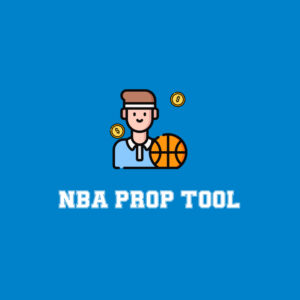
One of the new things we’re really excited about here at FTN is our StatsHub. This is our tool which taps into our data and our charting to allow you to sort, filter and slice-and-dice statistics to your heart’s content. Using these filters, you can find out which running back picked up the most yards running inside zone against stacked, or which wide receiver was targeted on the most third-down screen passes, or which quarterbacks did the best in the red zone in the rain while trailing by more than one score. It’s a powerful tool and we’re going to use the hell out of it in 2024 and beyond.
If you’re a long-time follower of DVOA, this is even more exciting news, because it means for the first time we can offer in-season charting splits alongside our numbers. That’s always been some of the highlights of our offseason content and the Almanac, but thanks to the tireless work of our charting team, we can update those numbers week-by-week. This has been something that’s been requested for ages, and we’re thrilled to able to offer it to subscribers to peruse to their pleasure.
Each week, we’re going to crack open StatsHub and dig out some splits that we found particularly interesting. We might highlight a performance from the previous week. We might preview a juicy upcoming matchup. We might handicap an awards race. Or maybe we’ll just point to a cool number and just show off how cool it is.
Week 1 splits can be misleading – not only is it a small sample size, but teams are still shaking off rust thanks to playing their starters less in preseason than ever before. So we’ll start this week with a rather broad topic to try to scrape up as much early signal as we can – pressure rates. We spent a good month talking about performance under pressure this past offseason, so it’s something we have a clear baseline to compare against. Performance under pressure is less consistent from year-to-year than clean pocket performance, but it has an outsized impact on your actual success. So, after one week, who’s up and who’s down – and who was unsustainably good or bad?
Let’s start with simple volume – who was under fire the most in Week 1?
| Most Pressure, 2024 Week 1 | |||||||||
| Player | Team | Opp | Plays | Press | Press% | DVOA w/Press | YPA w/Press | DVOA w/o Press | YPA No Press |
| Deshaun Watson | CLE | DAL | 51 | 21 | 41.2% | -161.2% | 0.9 | -19.2% | 5.2 |
| Matthew Stafford | LAR | DET | 51 | 20 | 39.2% | -14.6% | 6.6 | 23.7% | 6.4 |
| Daniel Jones | NYG | MIN | 47 | 17 | 36.2% | -100.3% | 1.3 | -44.4% | 5.7 |
| Dak Prescott | DAL | CLE | 35 | 16 | 45.7% | -41.1% | 6.7 | -1.6% | 4.8 |
| Will Levis | TEN | CHI | 35 | 14 | 40.0% | -144.9% | 4.8 | -15.0% | 3.5 |
| Jalen Hurts | PHI | GB | 36 | 13 | 36.1% | -68.0% | 3.7 | 88.1% | 10.3 |
| Bo Nix | DEN | SEA | 44 | 13 | 29.5% | -125.1% | 1.2 | -35.5% | 4.0 |
| Tua Tagovailoa | MIA | JAX | 40 | 12 | 30.0% | -96.6% | 2.8 | 82.7% | 11.1 |
| Baker Mayfield | TB | WAS | 31 | 12 | 38.7% | 108.0% | 10.3 | 110.4% | 9.3 |
| Bryce Young | CAR | NO | 34 | 12 | 35.3% | -93.6% | 5.1 | -22.9% | 5.5 |
Football is a lot easier when your starting offensive linemen are in the game – that’s the kind of ground-breaking analysis you’ve come to expect from FTN. Cleveland had both starting tackles, Jedrick Wills and Jack Conklin, sidelined as they continue to recover from injuries suffered in 2023. Los Angeles, meanwhile, had four of their top six linemen injured or unavailable by halftime of their game against Detroit. Unsurprisingly, this led to serious trouble against the Lions, who ranked first in pressure rate in 2023 at 36.6%, and the Cowboys, who were third at 34.0%. There’s not an ideal time to be down so many linemen, but these aren’t exactly the matchups you would want to be shorthanded against. The Lions and Cowboys both blitzed significantly less than they did in 2023, because they didn’t have to. Only two of Detroit’s 20 pressures came on the blitz, as did only eight of Dallas’ 21 pressures. Detroit collapsed the Rams’ line almost instantly, with Los Angeles’ backups just not being able to hold up. On non-blitzes, the Lions got pressure in an average of 2.1 seconds. In other words, when things went wrong, they went wrong almost immediately. That wasn’t true for Dallas, which took half a second longer to collapse the pocket against Cleveland. And yet, Matthew Stafford dramatically outplayed Deshaun Watson, and the Rams took the Lions into overtime whereas the Browns were ground into dust by Dallas. And a lot of this can be attributed to grace under pressure, or lack thereof.
Stafford took two sacks and absorbed 11 quarterback hits. What he didn’t do, however, was kill plays. He only had one throwaway and one checkdown under pressure. Instead, he ran the offense. We have him with three highlight throws under pressure, more than any other quarterback this week, and just one turnover-worthy throw. He kept reading the field; seven of his 18 pass attempts under pressure went to his second read despite that very quick time to pressure. He was reasonably accurate (58.8%, which ranked 19th under pressure), reasonably aggressive with an 8.2 aDOT and 6.6 yards per attempt under pressure, and reasonably successful (38.9%, which ranked 15th under pressure). And his DVOA would be even higher if he wasn’t victimized by two drops and a broken-up pass. Considering the state of his offensive line, it was a valiant attempt. Stafford’s -14.6% DVOA under pressure would have bested Brock Purdy’s -23.7% and led the league a year ago. Even with the mounting offensive line injuries in Los Angeles, with Steve Avila, Joe Noteboom, Alaric Jackson and probably Rob Havenstein out in Week 2, you have to like Stafford’s ability to generate at least some offense against a Cardinals team that could not generate pressure at all in Week 1.
Watson, on the other hand, panicked. His 21 pressure dropbacks included six sacks, five scrambles, and three checkdowns. He did not have a highlight throw. He instead had three turnover-worthy throws, one of which was actually intercepted, and 0.9 yards per attempt. Watson was more than willing to air the ball out against the blitz, but he wasn’t able to get the ball anywhere close to a receiver. Of his 254 air yards under pressure, we have 244 of them charted as “prayer yards” – air yards on pass attempts that were not catchable. His 16.9 aDOT looks impressive in a vacuum, but these were air yards in the truest sense – he was throwing them to air. Only five of his 15 attempts were accurate — only three were caught and only two were successful. He had three pure throwaways and four attempts to scramble (three of which failed). He just fundamentally did not seem comfortable running the offense, and that continued even when he wasn’t under pressure – he led the league with 12 checkdowns, and while you can credit some of that to Dallas’ coverage, Watson wasn’t exactly going through his progressions with clarity and precision. You might expect that for a player getting used to a new system and new teammates, but this is Watson’s third year in Cleveland, and there’s simply no excuse for him to look this bad and this dysfunctional trying to do what Kevin Stefanski wants him to do. This lack of success combined with the sheer number of times pass rushers got in his face is how Watson ended up with -200 DYAR under pressure, 100 fewer than any other quarterback in Week 1. And now the Browns have to face the Jaguars, who put Tua Tagoaviloa under pressure on 30% of his dropbacks despite Miami’s usual quick passing game. And while a -161.2% DVOA under pressure sounds extreme, it’s really not all that out of the realm of normal play. Tommy DeVito was last in the league last year at -132.5%. Watson wasn’t nearly as bad as that last year, as his -71.1% would have ranked 23rd had he had enough snaps to qualify. But that’s still below average under pressure, and without his offensive line and with those questions about his arm health, it’s reasonable to think that he may be worse off in 2024. This could get ugly very fast for Cleveland.
And while we’re talking about things that could well get worse, I’m going to go out on a limb right here and suggest that Baker Mayfield will not be able to maintain a +108.0% DVOA under pressure throughout 2024. Washington was able to get past the Buccaneers’ line on a regular basis, but they weren’t able to cover behind. Six of Mayfield’s 11 attempts under pressure went to wide open receivers, good for 112 yards, a touchdown, and a DVOA of 330.6%. Mayfield deserves all the credit in the world for standing in the pocket, continuing to scan the field, finding the open receiver and hitting him with what usually ended up being deep shots – these open targets had an aDOT of 11.5. It’s not a given that you can hit an open receiver under pressure just because you find them, either. Geno Smith missed three open receivers under pressure against Denver. Mayfield deserves credit for execution. All that being said, most defenses more competent that Washington will probably not leave a wide receiver streaking wide open towards the end zone on a regular basis. Mayfield had a DVOA of -15.0% under pressure on his five attempts under pressure to a receiver not marked as open, and while that still ranked 10th in Week 1, it’s not quite as eye-popping as his overall numbers would suggest.
We can also look at the flip side – which quarterbacks were least under pressure in Week 1?
| Least Pressure, 2024 Week 1 | |||||||||
| Player | Team | Opp | Plays | Press | Press% | DVOA w/Press | YPA w/Press | DVOA w/o Press | YPA No Press |
| Josh Allen | BUF | ARI | 58 | 3 | 12.0% | -286.1% | 25.0 | 107.6% | 9.4 |
| Justin Herbert | LAC | LV | 54 | 5 | 18.5% | -26.7% | 6.0 | 17.2% | 5.5 |
| Jayden Daniels | WAS | TB | 56 | 5 | 19.2% | -130.7% | 4.3 | 48.3% | 8.1 |
| Sam Darnold | MIN | NYG | 51 | 5 | 20.0% | -38.6% | 15.8 | 72.1% | 9.3 |
| Justin Fields | PIT | ATL | 66 | 5 | 20.0% | -16.6% | 16.3 | 3.4% | 5.3 |
| Derek Carr | NO | CAR | 56 | 5 | 20.8% | 111.3% | 15.8 | 53.0% | 7.2 |
| Aaron Rodgers | NYJ | SF | 37 | 5 | 22.7% | -67.6% | 2.5 | 20.8% | 9.2 |
| Joe Burrow | CIN | NE | 48 | 6 | 18.8% | -131.9% | 4.3 | 27.8% | 5.8 |
| Jared Goff | DET | LAR | 61 | 7 | 23.3% | -84.0% | 6.2 | 9.7% | 8.1 |
| Kirk Cousins | ATL | PIT | 50 | 7 | 25.0% | -106.6% | 9.8 | -5.6% | 5.0 |
| Anthony Richardson | IND | HOU | 43 | 7 | 33.3% | 26.6% | 15.8 | -33.6% | 9.5 |
The sample sizes for the quarterbacks under pressure here are, for the most part, too small to make any sorts of meaningful analysis. For defenses, however, you can take that small sample size and turn it on its head, blaming them for their inability to consistently get after the passer.
Only managing to hurry Josh Allen three times explains a lot of how the Cardinals were able to turn a 17-3 lead into an eventual 34-28 loss. They got one pressure from Roy Lopez, their nose tackle. They got one pressure from Kyzir White, their Will linebacker. And they got one pressure from Kei’Trel Clark, their fifth cornerback. Nothing from Zaven Collins, nothing from Dennis Gardeck, nothing from Xavier Thomas; their edge rushers could not generate pressure off the edge. Arizona only blitzed four times, so they weren’t trying extra hard to generate pressure. But maybe they could try a little harder than this. With the Rams missing so many starters along the offensive line, it will very much be a stoppable force versus a movable object situation in Arizona this weekend. A real battle of the minnows. I like Arizona’s odds to have more than three pass pressures. I do not like their odds to do enough to really hassle Matthew Stafford.
The only two teams which blitzed less than Arizona in Week 1 were Houston and Pittsburgh, and both squeak onto the bottom of this list. For Houston, that’s just a volume thing – Anthony Richardson only had 21 dropbacks, so there’s only so many times you can generate pressure. Houston seemed more worried about sending extra pressure and letting Richardson find scrambling lanes. They were content to sit back and cover and dare Richardson to make a read against them. That is admittedly easier to do when Danielle Hunter is winning his matchup on a regular basis, but it may also just be the strategy against Richardson going forward. A -33.6% DVOA when not pressured is terrible, with Richardson accurate on just 35.7% of his clean pocket passes. That’s worth watching over the course of the year as Richardson gets reps and gets more comfortable; he’s got the highlight-reel plays down but he’s got to raise his floor.
As for Pittsburgh, they mostly didn’t feel the need to blitz a quarterback who could not move. Kirk Cousins, coming back from that torn Achilles, couldn’t step up in the pocket, so why bother sending extra pass rushers to clean up after T.J. Watt when Cousins is going to be in the same spot on every snap? Work smarter, not harder, after all. The Jets tried to help their aging quarterback coming back from an Achilles by getting the ball out of his hands as quickly as possible. Aaron Rodgers had the quickest time to throw in Week 1, at 2.1 seconds, which goes a long way towards explaining why the 49ers didn’t get to him all that often. Sam Darnold, who ranked 29th with an average time to throw of 2.9 seconds, may need to speed up that clock if he wants to repeat his clean performance.





























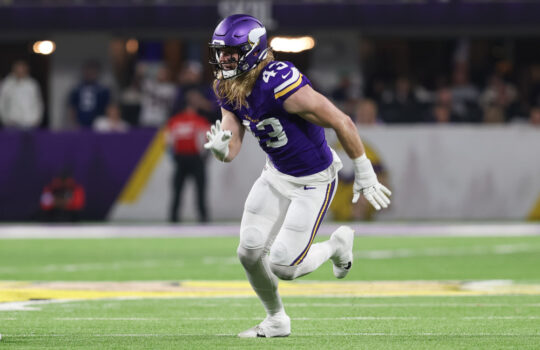



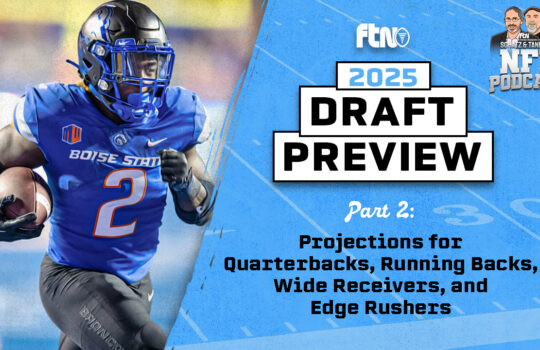

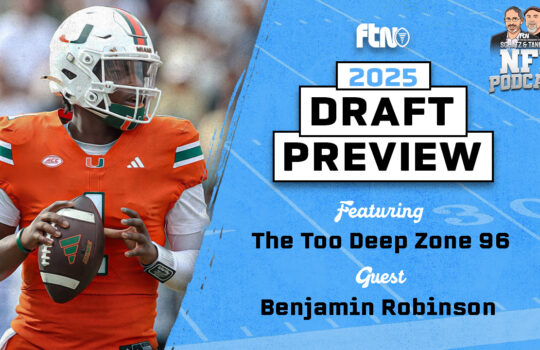





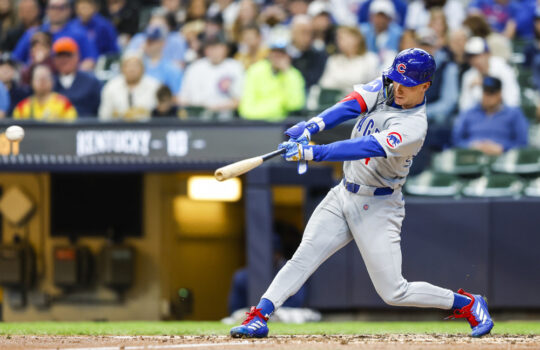



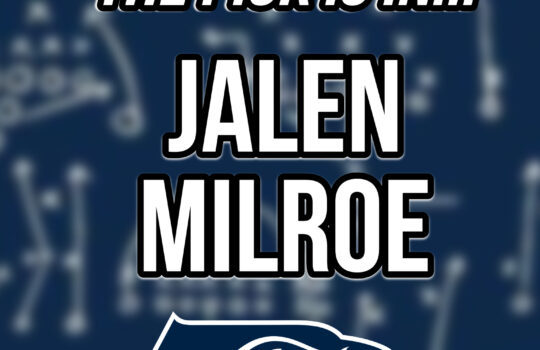

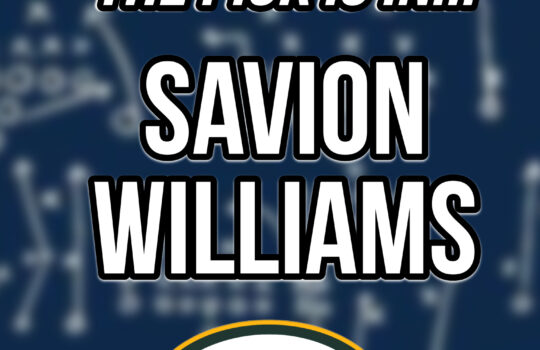
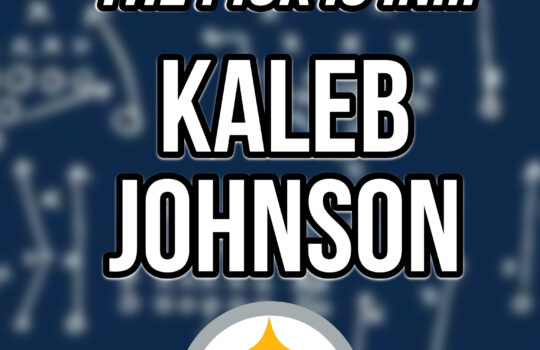

 New York Jets
New York Jets  New England Patriots
New England Patriots  Miami Dolphins
Miami Dolphins  Buffalo Bills
Buffalo Bills  Pittsburgh Steelers
Pittsburgh Steelers  Cleveland Browns
Cleveland Browns  Cincinnati Bengals
Cincinnati Bengals  Baltimore Ravens
Baltimore Ravens  Tennessee Titans
Tennessee Titans  Jacksonville Jaguars
Jacksonville Jaguars  Indianapolis Colts
Indianapolis Colts  Houston Texans
Houston Texans  Las Vegas Raiders
Las Vegas Raiders  Los Angeles Chargers
Los Angeles Chargers  Kansas City Chiefs
Kansas City Chiefs  Denver Broncos
Denver Broncos  Washington Commanders
Washington Commanders  Philadelphia Eagles
Philadelphia Eagles  New York Giants
New York Giants  Dallas Cowboys
Dallas Cowboys  Minnesota Vikings
Minnesota Vikings  Green Bay Packers
Green Bay Packers  Detroit Lions
Detroit Lions  Chicago Bears
Chicago Bears  Tampa Bay Buccaneers
Tampa Bay Buccaneers  New Orleans Saints
New Orleans Saints  Carolina Panthers
Carolina Panthers  Atlanta Falcons
Atlanta Falcons  San Francisco 49ers
San Francisco 49ers  Seattle Seahawks
Seattle Seahawks  Los Angeles Rams
Los Angeles Rams  Arizona Cardinals
Arizona Cardinals 

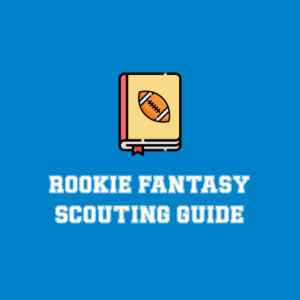






 Boston Celtics
Boston Celtics  Brooklyn Nets
Brooklyn Nets  Philadelphia 76ers
Philadelphia 76ers  New York Knicks
New York Knicks  Toronto Raptors
Toronto Raptors  Chicago Bulls
Chicago Bulls  Detroit Pistons
Detroit Pistons  Milwaukee Bucks
Milwaukee Bucks  Cleveland Cavaliers
Cleveland Cavaliers  Indiana Pacers
Indiana Pacers  Orlando Magic
Orlando Magic  Atlanta Hawks
Atlanta Hawks  Charlotte Hornets
Charlotte Hornets  Miami Heat
Miami Heat  Washington Wizards
Washington Wizards  Denver Nuggets
Denver Nuggets  Minnesota Timberwolves
Minnesota Timberwolves  Oklahoma City Thunder
Oklahoma City Thunder  Portland Trail Blazers
Portland Trail Blazers  Utah Jazz
Utah Jazz  LA Clippers
LA Clippers  Golden State Warriors
Golden State Warriors  Los Angeles Lakers
Los Angeles Lakers  Phoenix Suns
Phoenix Suns  Sacramento Kings
Sacramento Kings  Dallas Mavericks
Dallas Mavericks  Houston Rockets
Houston Rockets  Memphis Grizzlies
Memphis Grizzlies  New Orleans Pelicans
New Orleans Pelicans  San Antonio Spurs
San Antonio Spurs 


